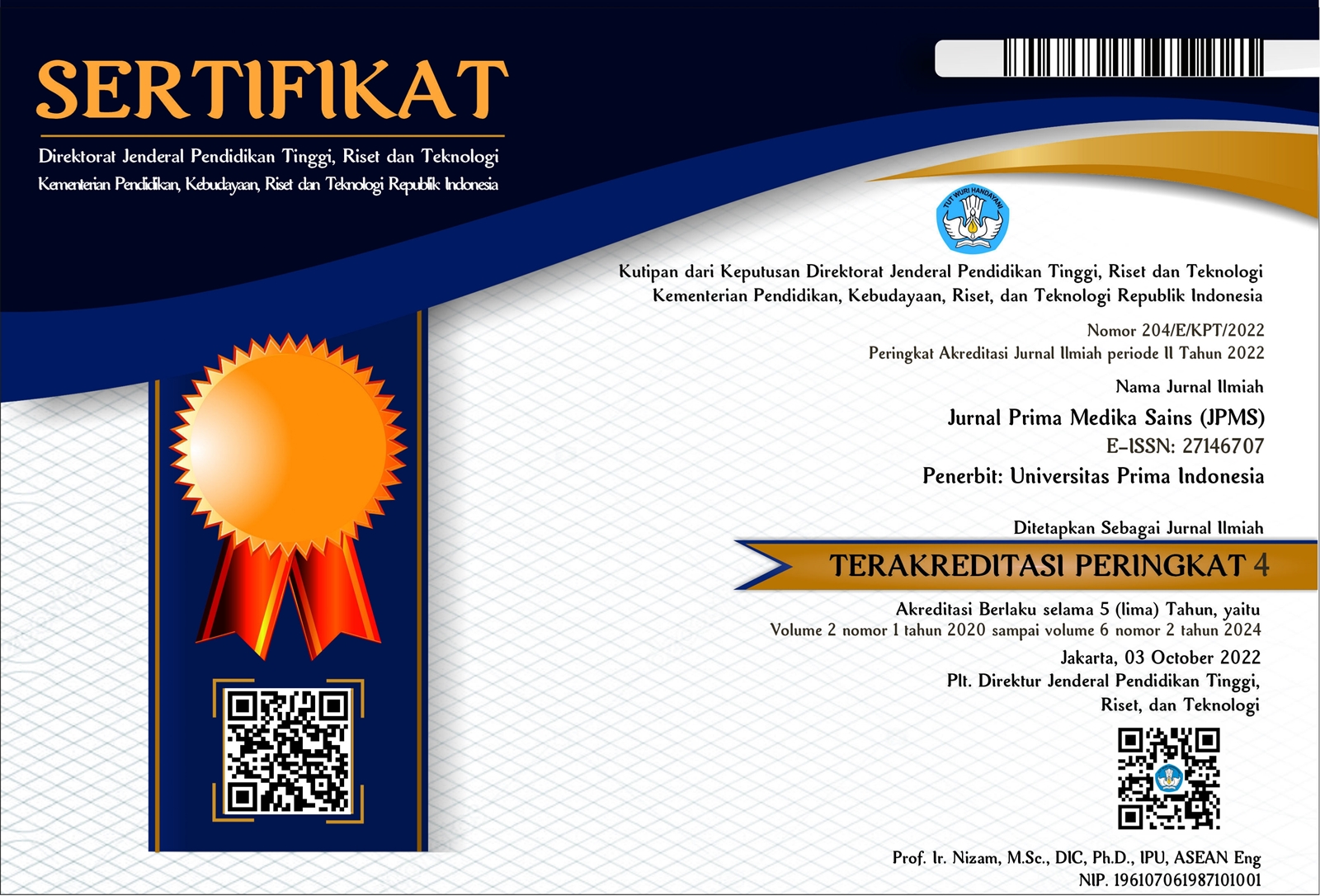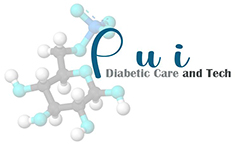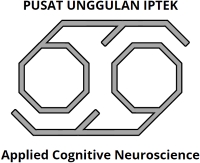Effect of sunkist orange peel nanoparticle granules on cardiac and aorta histopathology in diabetic rats
DOI:
https://doi.org/10.34012/jpms.v5i2.4426Keywords:
sunkist orange peel extract, granule, nanoparticle, cardiac, aorta, histologyAbstract
Sunkist oranges (Citrus sinensis (L.) Osbeck) is rich in anthocyanins (95% of which are represented by cyanidin-3-glucoside and cyanidin-3-6"-malonyl-glucoside), flavanones (hesperidin and narirutin), hydroxycinnamic acid, carotenoids, sugars, minerals, and fiber, which offer health benefits. This study aimed to evaluate the efficacy of sunkist orange peel nanoparticle granules on the histopathological appearance of the cardiac and aorta in alloxan-induced diabetic rats. This study used a post-test experimental design, with a control group. Twenty-five male Wistar rats were randomly divided into five groups: negative control (alloxan+distilled water), positive control (alloxan+metformin), treatment 1 (alloxan+granular nanoparticles 50 mg/kg BW), treatment 2 (alloxan+granular nanoparticles 70 mg/kg BW), and treatment 3 (alloxan+granular nanoparticles 100 mg/kg BW). The heart and aorta were prepared for observation using 10x ocular magnification and 40x objective lens magnification. Kruskal-Wallis statistical test results revealed a significant difference in the average cardiac histopathological score between the treatment groups (p = 0.011). The amount of aortic endothelial cell damage can be seen from the presence of foam cells in the K(-) treatment group, while the K(+), P1, P2, and P3 groups did not have foam cells in the aortic endothelium. The findings of this study indicate that sunkist orange peel extract nanoparticles in granular form improve cardiac and aortic histopathology, with a dose of 100 mg/kg BB being the best dose for improving cardiac and aortic histopathology.
Downloads
Published
How to Cite
Issue
Section
License
Copyright (c) 2023 Widya Yanti Sihotang, Indah Juwita Dwi Putri, Henny Henny, Suandy Suandy, Maya Sari Mutia

This work is licensed under a Creative Commons Attribution 4.0 International License.






